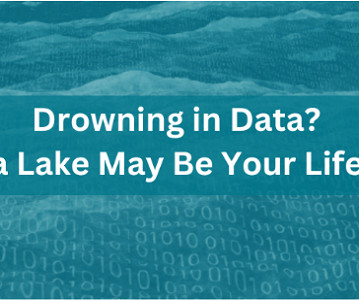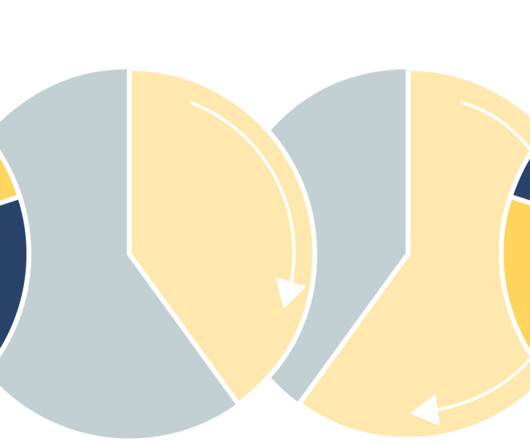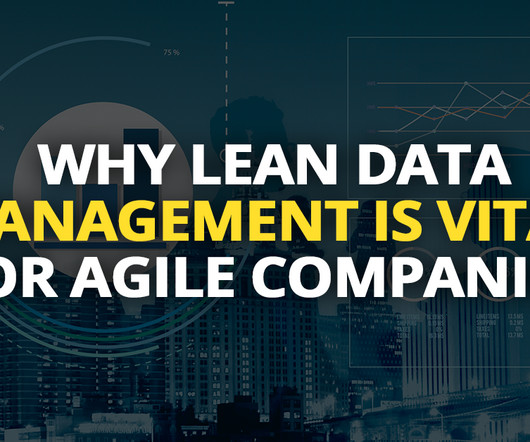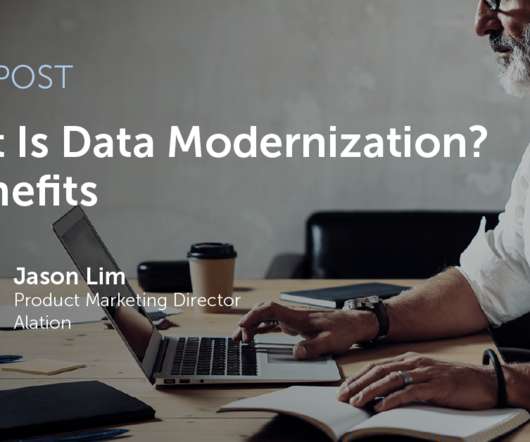Data integration
Dataconomy
JUNE 18, 2025
Accessibility for analytics Centralized data repositories enhance access for analysts and data scientists, streamlining robust data analysis and allowing for comprehensive insights that drive strategic decisions. Data integration fosters a more interconnected environment, enabling seamless information flow.

















Let's personalize your content